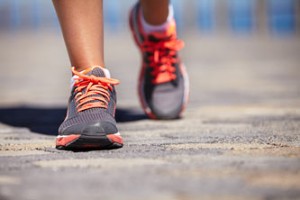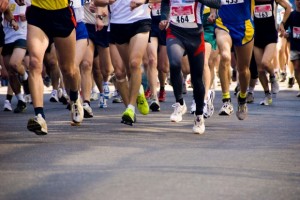 Whether you are a seasoned runner or a first timer, here are some tips to help you stay organized and keep you relaxed… which will help you run a better race.
Whether you are a seasoned runner or a first timer, here are some tips to help you stay organized and keep you relaxed… which will help you run a better race.
The days before the race:
- Keep to your regular schedule, eat correctly, hydrate and get sleep.
- Re-read your race package and double check that you have everything you need.
- Will it be cold/warm on race day? Will it be windy or raining? Find out the weather conditions and follow the forecast in the days before the race.
- Research the route you will be running. Find out what type of terrain you will be running on, as well as how many hills there are on the route and when they happen in the race.
- Have a good idea on the size of the race population so that you can prepare yourself to stand in a crowded race corral with hundreds or thousands of participates.
- Expect the unexpected – What if your shoe comes untied or you have to go the bathroom or you get a blister. By preparing for these scenarios, you’ll have a specific plan in place.
The night before the race:
- Make sure that everything you need for the morning is ready to go. Pack your race bag, lay out your clothes and runners and know what time you need to leave the house.
- The night before, go to bed at a reasonable hour for you to get plenty of sleep so that you’ll feel good the next morning.
Race day:
- Allow yourself plenty of time to travel to the race start area, check in, and warm up – factoring in the large crowds and street closures.
- The race start area will be chaotic. At the start of the race there will be lots of people running shoulder to shoulder in a small space. You will have to navigate around slower runners while faster runners are overtaking you. Being prepared for this, and do not get swept along with the crowd and start off at a pace that is too fast for you. Take a few minutes to find your pace.
After the race:
- Cool down
- Stretch
- Hydrate
- Celebrate!!!!



 So, it’s been about 7 weeks since I began training with the Frontrunners marathon clinic for my first full marathon this October. I am still smiling. Still loving every minute. Still saying ‘Bring it on!’
So, it’s been about 7 weeks since I began training with the Frontrunners marathon clinic for my first full marathon this October. I am still smiling. Still loving every minute. Still saying ‘Bring it on!’
